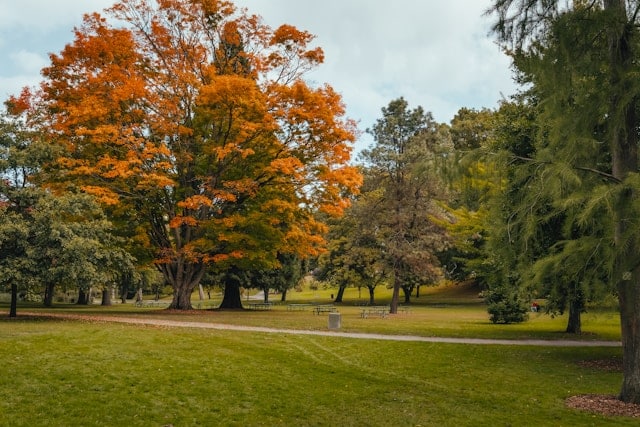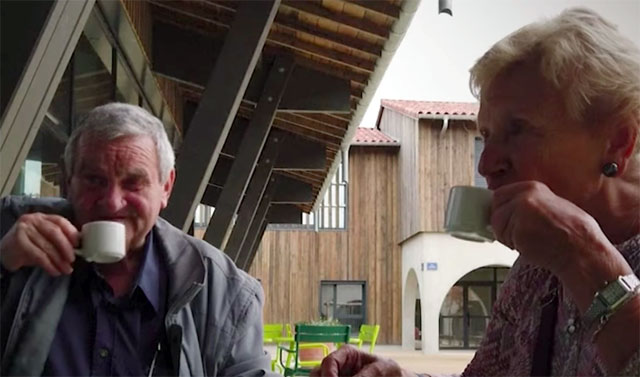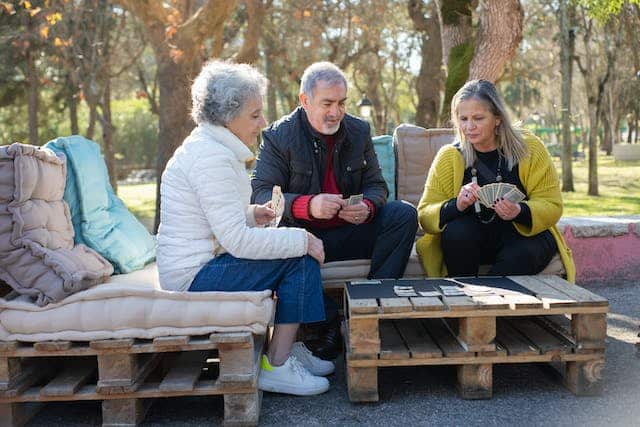Opening in summer 2026, a park in Calgary, Canada, intentionally designed for people with the disease, will encourage them to stay active and connect with nature.
Going to a park means picnics, Frisbees, hikes, walks, barbecues, and baseball. And for people living with dementia they offer the brain-boosting benefits of time spent outdoors, physical activity, and social interaction. But for this latter group and their caregivers, parks can come with logistical challenges, too, from the potential for loud or hectic environments to difficult-to-navigate, uneven terrain.
A new park in Canada is designed specifically with these benefits and challenges in mind. In summer 2026, the Martin Family Legacy Garden in Alberta, Calgary will become the country’s first dementia-inclusive park, serving over 20,000 people in the city living with dementia.
Years ago, Sheila Taylor, the CEO of the Calgary Parks Foundation, didn’t have an answer when a colleague asked her, “Why are there no parks for people with dementia?” The follow-up question — would it be possible to even build one? — set off a series of consultations with community members and politicians who were enthusiastic about the possibility.
Research shows that parks provide a space for individuals and their caregivers to exercise and provide social and mental stimulation. Alzheimer Calgary, a non-profit that helps people living with dementia, as well as their caregivers, helped lead the initiative. And yet according to a poll conducted by Alzheimer Calgary, only 33 percent of the public thinks that people with dementia can lead any kind of active life.
“We want to dispel that myth, because we believe people can,” Barb Ferguson, the organization’s executive director, told Being Patient.
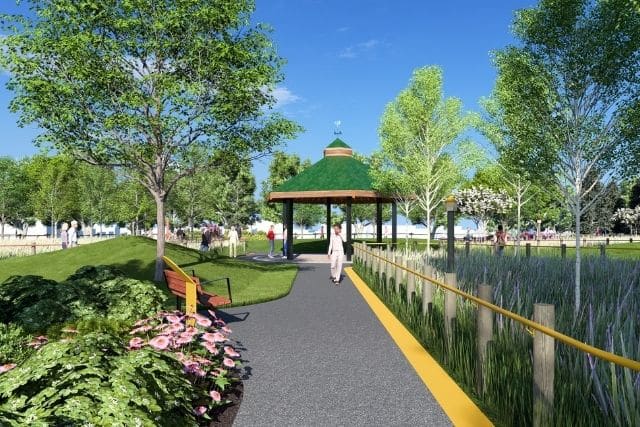
What makes the park dementia-inclusive?
A series of consultations with people with dementia and their caregivers “informed the design of the park,” said Ferguson.
Built with these needs and preferences in mind, the park will have many flat, looping pathways, like figure eights, that are easy to walk on without falling. The pathways will also come with clear signage on the ground, and bright, color-code footpaths make navigation even easier. “We really want to encourage people to have free exploration without worrying about [them] getting lost,” said Ferguson.
Other parts of the park will stimulate different senses: Sensory gardens will have flowers and scents that can trigger memories and encourage reminiscence. They’re also specifically designed to attract pollinators, allowing visitors to enjoy the sight and sound stimuli of birds. Swinging benches and tactile, interactive installations will encourage touch and cognitive stimulation. And the park’s design elements, like trees and the landscape, were made to minimize noise pollution and help keep people calm.
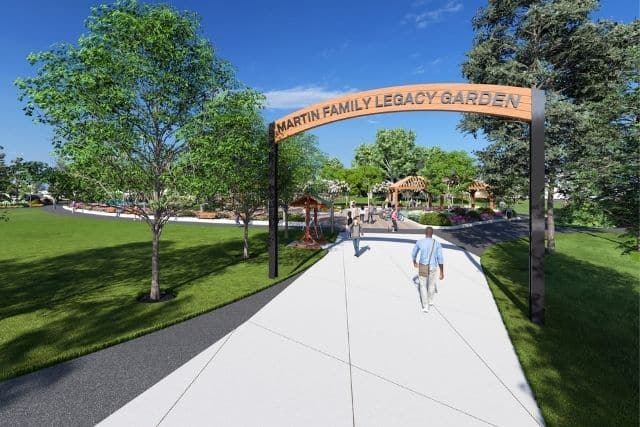
The park is being built close to several seniors residences and dementia care centers in Calgary’s Dover neighborhood, which is also accessible by public transit. Ferguson hopes the park will be home to events and concerts, and will encourage people to spend more time outdoors.
“It’s really good for people with dementia and for their caregivers to be out in nature,” she said. “Staying active is really important in terms of delaying progression, or even reducing risk of getting some types of dementia.”
Dementia-inclusive spaces around the world
The idea of developing more dementia-inclusive spaces is taking off locally and around the world.
Elsewhere, Singapore’s National Parks Board is developing 30 dementia-inclusive therapeutic gardens. The gardens aim to engage all of the senses, similar to the Calgary Park, and include ultraviolet pathways that glow at night. They’re designed with input from scientists who studied the brain activity of more than 90 visitors to Singapore’s first therapeutic garden, aiming to optimize mental health benefits.
Australia has a dementia-friendly forest and sensory trail that were similarly designed with input from people with dementia and their caregivers. The 0.6-mile trail has nine stops for people to sit, gather, and socialize along the way. Other countries, including the U.K. and the Netherlands, have built dementia villages, which offer an alternative to elder care homes, where seniors may have less independence and aren’t always able to wander around safely.
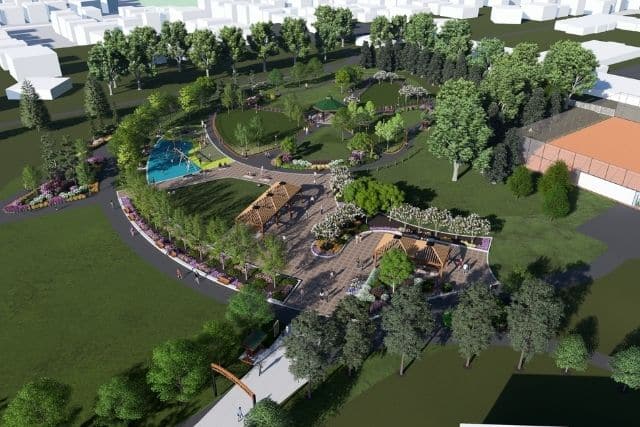
Even some grocery stores, public transit systems, restaurants, and airports are revamping and training staff to become dementia-inclusive. Back in Alberta, Alzheimer Calgary is running other local programs, like a program called “Fore! the Love of Golf,” which safely puts people with dementia on the golf course — even if they’ve never played the game before. Another initiative, called Still Me, fosters hope and sparks conversations about dementia by sharing people’s lived experiences on social media.
“It’s about changing perceptions and attitudes,” said Ferguson. “We want to create inclusive environments.”
